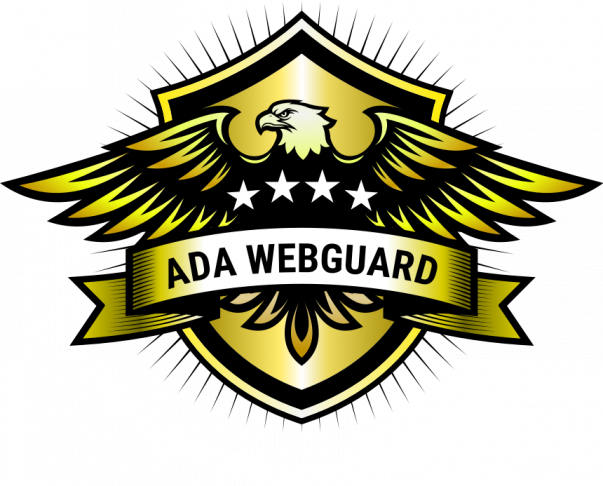We live in a world where we’re dependent on the world wide web for everything we do. Think about it: How do you do your banking? Where do you do your shopping for your groceries, clothing, and everything else under the sun? How do you stay in touch with your friends and family? Where do you go to book your entire vacation?
The internet is a constant resource for most people, but for those living with a disability, accessing websites to get all that information is not always a given. Often, a website is not accessible to people with a disability.
Web accessibility means that websites, tools, and technologies are designed and developed so that people with disabilities can use them.
According to the American Institutes for Research, approximately 1 in 5 people in the United States, or 64 million, identify as individuals with disabilities. Suppose you are not making your web content fully accessible. In that case, you are potentially missing out on 20% of your audience. Worldwide, businesses are missing out on approximately one billion people who, depending on their abilities, may not be able to buy their product, book a vacation, enjoy their video, navigate their website, read their documents, make reservations, and more.
In addition, the Americans with Disabilities Act (ADA) requires certain businesses to make accommodations for people with disabilities, including such measures as wheelchair accessibility to physical locations, access for service animals, and the use of braille. In addition to these material considerations, in most Jurisdictions, Title III of the ADA requires businesses to maintain an accessible website. Failing to comply with the ADA means your business is susceptible to lawsuits, and it’s common for attorneys to seek out non-compliant companies both in the physical and digital space.
Only through website compliance can you avoid or properly settle ADA Compliant Website Lawsuits.
How to Properly Design an Accessible Website.
The Web Content Accessibility Guidelines (WCAG) are part of a series of web accessibility guidelines published by The World Wide Web Consortium (W3C) Web Accessibility Initiative (WAI).
The guidelines and Success Criteria are organized around the following four principles, which lay the foundation necessary for anyone to access and use Web content.
Anyone or business that has a website must adhere to the following 4 WCAG Accessibility principles to be Compliant:
Principle 1: PERCEIVABLE – Typography, Images, Audio, and Video.
Principle 2: OPERABLE – Interfaces and Navigation, Keyboard Navigation, Progressive Enhancement
Principle 3: UNDERSTANDABLE – Be Simple and Explicit, Avoid Assumptions
Principle 4: ROBUST – Semantic Markup, Responsive Design
Each of the four accessibility principles listed above can be measured using a success criteria level. This can be:
- A: The minimum requirement for accessibility
- AA: A medium or good level of accessibility
- AAA: The gold standard of accessibility
Level AA is what is required in most jurisdictions under Federal Case Law.
W3C already develops extensive best practices to create an accessible and compliant online presence. This includes, but is not limited to:
- Make Sure your website works with only using the keyboard. many assistive technologies rely on keyboard-only navigation
- Add Alt (alternative) text to all images: screen readers also access alt text to “read” the picture. Use this field to describe an idea, giving context to users who would otherwise miss it.
- Use proper color contrast: making sure text stands out against the background, make sure the colors you select on your site contrast well to ensure that everyone can distinguish between various elements on the page. Here is a color contrast tool you can use: like Contrast Checker
- Use Logical Headers: Nest headings by their rank (or level). The most important heading has the rank 1 (<h1>), the least important heading rank 6 (<h6>). Headings with an equal or higher rank start a new section; headings with a lower rank start new subsections that are part of the higher-ranked section. Heading ranking tutorial
- Including closed captioning
While many of the guidelines are presented as a checklist, a professional website accessibility company will warn you against just looking at these criteria like boxes to be checked off. Working with a certified professional company in website accessibility and compliance is much better at identifying with the users these criteria target and results in more empathetic and effective design decisions.
Suppose you are interested in learning more about website accessibility and compliance. In that case, you can visit ADA WebGuard’s Website or call at 833-232-9321 and talk with one of ADA WebGuard’s certified consultants in web accessibility.


